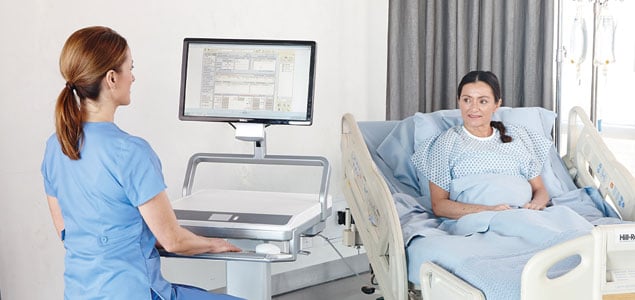
Document classification can mean many things depending on your use cases. In the most basic sense, document classification means using the contents (or title) of a document to assign it a category.
In the medical field, if you are an organization that receives incoming faxes of documents, you could have dozens of different categories. However, if you are part of the organization that manages lab results, the most important documents are those lab results, then everything else. In a world consumed by managing documents, proper classification and routing is critical to controlling these lab results. CAP Today outlined the need for lab documents control in their article, Bedeviled by Documents, Labs Seek Control.
Here, classification starts simple, lab documents versus non-lab documents. Staff must separate documents into two piles and then take the lab documents and process them appropriately in order to meet CAP, CLIA, Joint Commission, FDA, EPA, ISO 15189 and 21 CFR Part 11 standards. The non-lab documents may then be routed to the HIM department where they process and scan them into the organizations EMR.
Let’s take this example with non-lab documents even further…
Those non-lab documents contain a variety of potential categories, such as:
- Prescription refills

- Patient history
- Office visits
- Insurance information
- Radiology
- Consults
- Referral packets (usually compilations of all these documents into one single document)
…and many others.
The sorting of all of these documents into the appropriate categories can be a big job, let alone a waste of paper. Most of the time these documents, once sorted, are just going to get scanned back into the patient’s record.
In a perfect world, these documents would be sorted digitally, and then routed to the appropriate location.This would save time, resources and paper (and you don’t have to worry about the extra exposed PHI from all the paper copies lying around). What would save you even more time is automating the classification and routing process.
At Extract, we are using machine learning technology to classify documents automatically. Not only are we able to classify individual documents, we can classify those large referral packets into individual document types and save these off as individual documents. This allows people to focus on lab documents and patients and not worry about sorting and distributing paper.
To learn more about how Extract can streamline your workflow through automated document classification, request a quick call by clicking the button below.